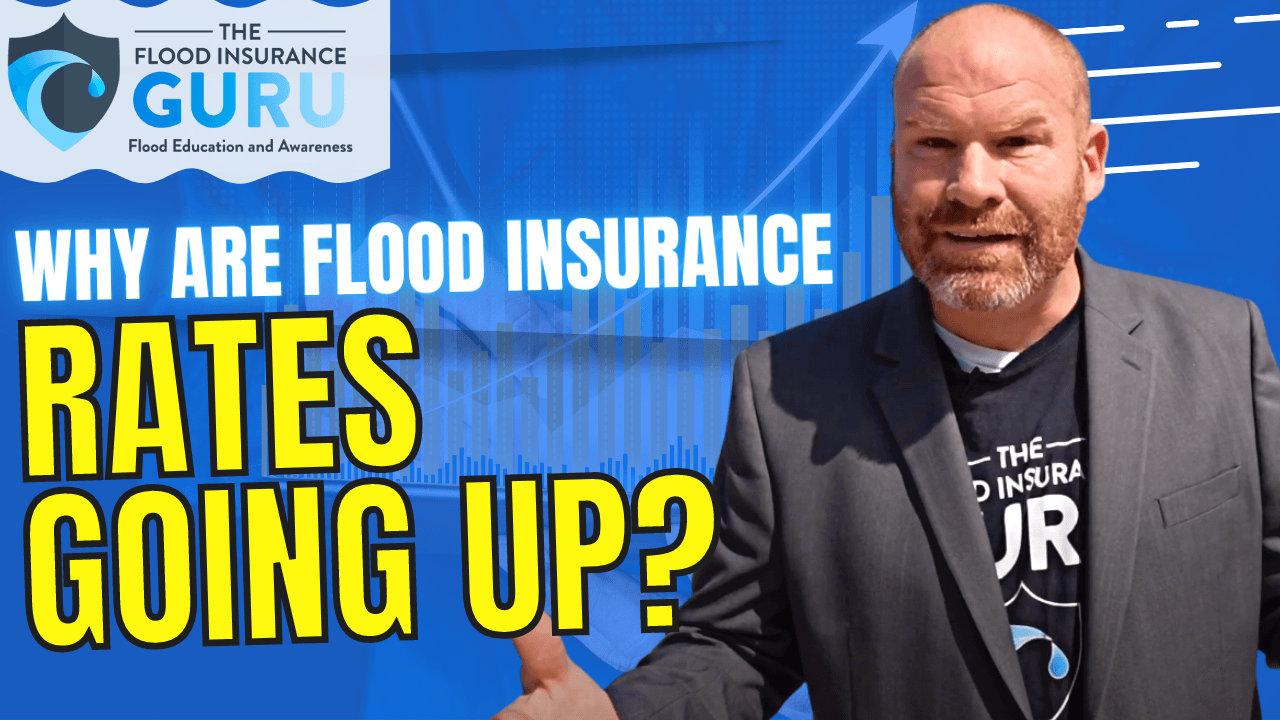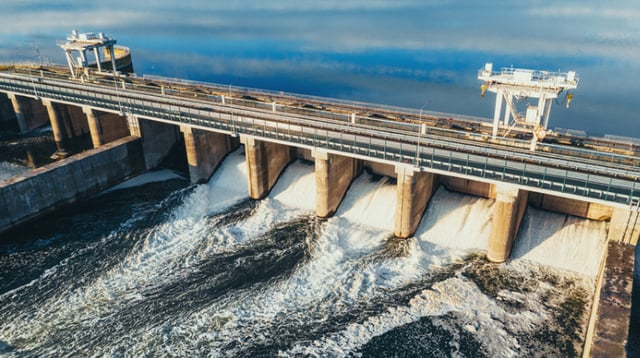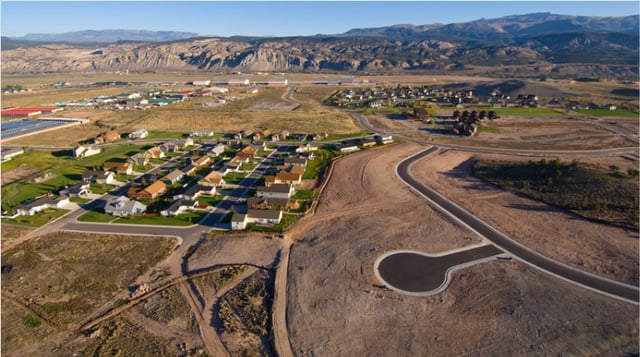Topics:
Search for topics or resources
Enter your search below and hit enter or click the search icon.
July 6th, 2023
3 min read
By Chris Greene

Hello there, homeowners and business owners! Today, let's dive into a topic that has been making waves lately - the increase in flood insurance rates. Whether you live near a river, on the coast, or in an area prone to heavy rainfall, this information can sure to help you get make the best out of your investment and flood insurance.
.webp?width=640&height=360&name=YT%20THUMBNAIL%20(51).webp) Buckle up, grab a cup of coffee (or your favorite drink), and let's dive into understanding why flood insurance rates are going up.
Buckle up, grab a cup of coffee (or your favorite drink), and let's dive into understanding why flood insurance rates are going up.
Floods can be devastating, causing extensive damage to properties and leaving homeowners in financial distress.
To mitigate these risks, insurance companies offer flood insurance, providing assistance to policyholders when disaster strikes. However, in recent years, we've seen a steady uptick in flood insurance premiums.
But why?
As the Earth's climate continues to change, extreme weather events, including heavy rainfall and intense storms, are becoming more frequent. These factors significantly contribute to the overall risk of flooding in various regions.
Insurance companies use historical data, including floodplain maps, to assess the probability of flooding in different areas. When flood risks increase due to climate change, insurance rates inevitably follow suit.
It's undeniable that with the constant extreme changes to climate hence weather patterns, both rainfall and eventual flood behavior can also change for the worse.
Flood insurance rates are also influenced by the cost of maintaining and upgrading infrastructure, such as dams, levees, and drainage systems. These structures help protect communities from flood-related damage.
However, as they age, they require repairs and improvements, which can be quite expensive. These costs are often passed on to policyholders, resulting in higher insurance premiums.

Population growth often leads to increased development, and sometimes, this occurs in high-risk flood zones. Construction in such areas can disrupt natural drainage patterns, increasing the chances of flooding.
As a consequence, insurance companies face higher claims payouts, leading them to adjust their rates to match the increased risk. This is a double-edged blade because the good part is that more and more carriers would still provide flood insurance despite the higher risk however it could mean higher premium rates.

In recent years, regulatory changes within the insurance industry have also impacted flood insurance rates.
The Biggert-Waters Flood Insurance Reform Act of 2012 and the Homeowner Flood Insurance Affordability Act of 2014 introduced reforms to the National Flood Insurance Program (NFIP). These changes aimed to improve the program's financial stability and accuracy in assessing risk.
However, some policyholders experienced significant rate increases as a result of these reforms.
Now that we have a better understanding of the factors driving flood insurance rate increases, what can homeowners and business owners do to navigate these changes?
It's essential to understand your property's flood risk by checking floodplain maps and consulting with local authorities. You can also check your risk here. This information will help you determine how vulnerable your area is to flooding and make informed decisions about flood insurance coverage.
It is important to understand how these risks can change in the future.
Don't settle for the first flood insurance quote you receive.
Shop around and compare policies from different insurance providers. Some private insurers offer flood insurance, providing potential alternatives to the National Flood Insurance Program (NFIP). Generally, private flood insurance carriers can even provide a competitive premium rate which can mean that you get the most out of your hard-earned money.
By exploring multiple options, you can find coverage that suits your needs and budget. This can mean getting excess flood insurance coverage for your business through the loss of use coverage. For residential properties with flood insurance, this could mean getting that Additional Living Expenses (ALE) coverage which can really help you get back on track after a flood loss.
Consider implementing flood mitigation measures to reduce your property's vulnerability to flooding. These can include elevating your home, installing flood barriers, or improving drainage systems. By taking proactive steps to protect your property, you may qualify for lower flood insurance premiums.
For the federal flood insurance side, working on your flood mitigation measures on your property can mean that you are also helping your community get more discounts. This is due to the fact that the Federal Emergency Management Agency (FEMA) has the Community Rating System (CRS) which provides a decrease in premiums for flood insurance of up to 45% discount for participating communities.
While flood insurance rates are on the rise, it's crucial to remember that they are driven by various factors, including climate change, infrastructure costs, and changes in insurance regulations. Understanding these factors empowers homeowners to make informed decisions about coverage and take steps to mitigate risks.
By evaluating your risk, shopping around, and investing in mitigation measures, you can navigate the changing landscape of flood insurance rates and protect your most valuable asset – your home.
If you want to start protecting your property from the dangers of flooding and get the best policy tailor-fitted to your needs, just follow these three simple steps!

Want to learn more about flood insurance and find the answers to questions you have about it? Just click the button below to access our Flood Learning Center where we answer your frequently asked questions about floods, flood insurance, and everything in between!
Topics: